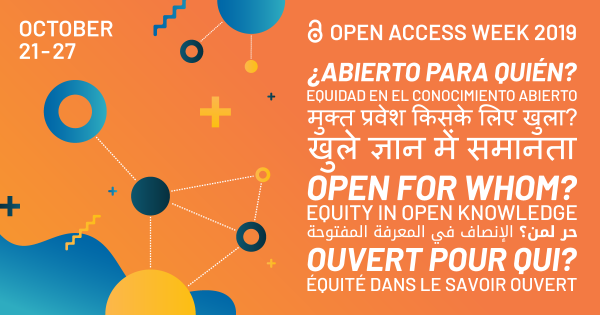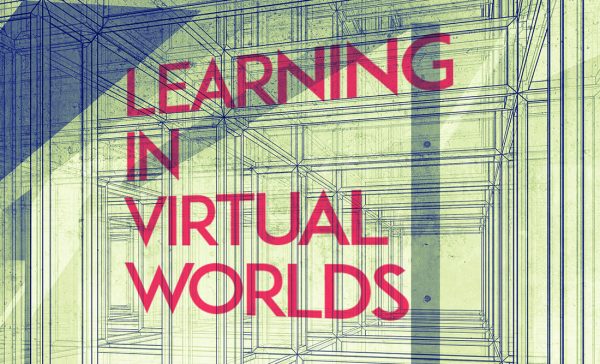Since Athabasca University Press was founded ten years ago as Canada’s first open access press, interest in open access publishing has increased significantly. In fact, several university presses in Canada are experimenting with open access publishing with all or some of their list.
We thought it was time to revisit some of the questions we were asked when we first started out and share what we have learned over the past ten years. To celebrate Open Access Week (October 23–29), we shared “The Truth about Open Access Publishing” with our institution. Megan Hall, our acting director, Kathy Killoh, journals and digital coordinator, and Pamela Holway, senior acquisitions editor, dispelled myths and answered questions about licensing, the creation costs of digital products, quality, and marketing. We recorded the presentation for those who couldn’t attend and you can find the recording along with the session highlights below!
Copyright
We make our books digital, we post them on our website for download, and we add a Creative Commons license. What makes this process unique is that it allows the reader to use the material in ways that are generally restricted by traditional “all rights reserved” copyright. We focus on extending permission or use to unrestricted reading, downloading, copying, sharing, storing, printing, and linking.
The Creative Commons license that we use most often is CC-BY-NC-ND. Here’s a quick breakdown of how it protects our authors’ works.
CC stands for Creative Commons.
BY represents “attribution” which means the author of the work must be properly credited.
NC stands for NonCommercial which means that others can copy, distribute, display, perform the work but they are not allowed to share the work for profit.
ND stands for NoDerivatives which means that others cannot modify the work.
One of the purposes of the license is to keep the press in the communication loop. We are not generally opposed to derivatives of our publications such as audiobooks or works in translation, but we are interested in knowing how our material is being adapted for other uses.
The production costs of digital products
The cost difference between an ebook and a print book occurs at the final product stage. Most of our investment in a work happens during editing and design which are necessary steps whether the book’s final product is digital or print.
We generate revenue through a hybrid distribution format. The open access PDF is available for free download on our website while we charge for the print book and other ebook formats used with Kobo or Kindle. With regard to the pricing of these other formats, we maintain a commitment to access and try to make them as affordable as possible.
Quality
Before we get into quality, we need to look at how publishing differs from dissemination (making something available).
The alternative to having publishers would be to disseminate everything and leave it to the reader/user to sort through and find what is valuable. This would be a lot of work for the reader. Publishers are selective because they are judged by what they publish and they build a reputation based on the books they select. For example, if someone buys a Harlequin romance, they are not expecting great literature. If someone buys a novel from Newest Press here in Edmonton, they are expecting the work to have been carefully selected by the editors who deem that it is worthy of their publishing house’s name. If something is accepted for publication by a university press, it presumes quality.
So, what does quality mean and how does a publisher like AU Press contribute to the quality of a work?
Rigorous peer review. The publisher will select external readers who are well positioned to comment on the contents of the book. The publisher will make sure to eliminate any possible conflicts of interest and they will read the reports that they receive critically. The final decision is made by the editorial committee after a discussion of the manuscript, the peer review reports, and the author’s response to those reports.
Engaged editing. In addition to fixing mistakes, editors ensure that the text communicates meaning. A lack of clarity will reduce what can be communicated by a text and a good editor will always advocate for the experience of a reader.
Good design. Good interior design supports the reader and makes the content clear. Good cover design means that a book can compete in the market.
Market
Simply posting a document in an institutional repository does not guarantee that anyone will be able to find the document. The vehicle of a university press and the traditional publishing process has the ability to increase the discoverability of products, even open access ones.
Our books are given a unique marketing plan and worldwide distribution. We believe that we need to draw attention to the material being published and our commitment to open access goes beyond philosophy to include a continuous investment in access, discoverability, and promotion.

